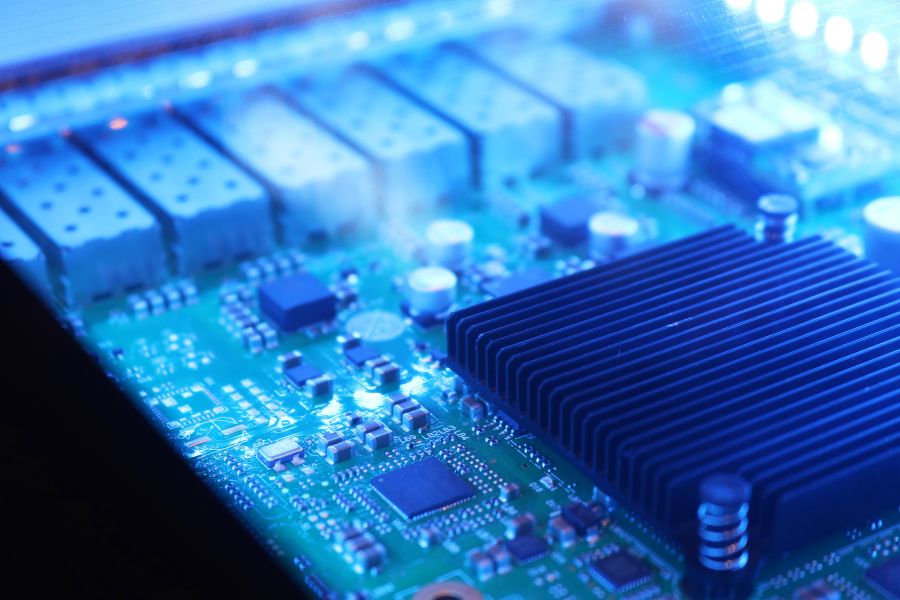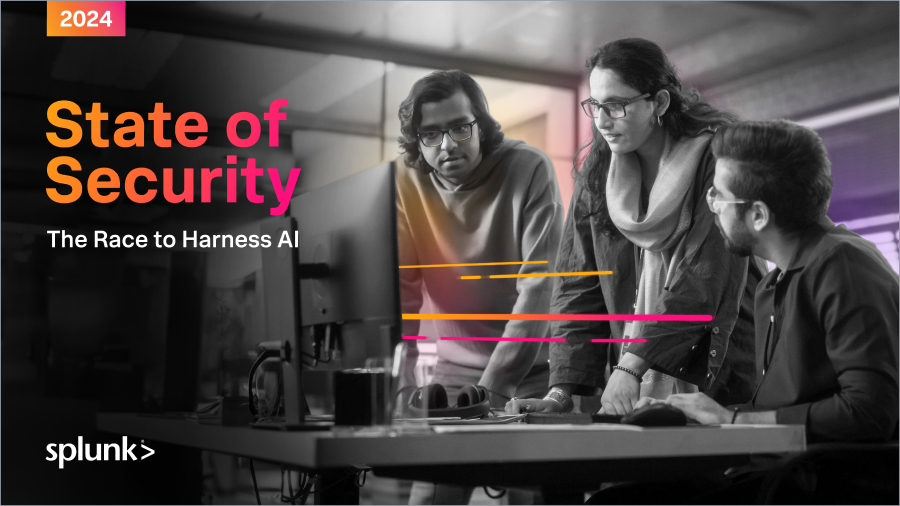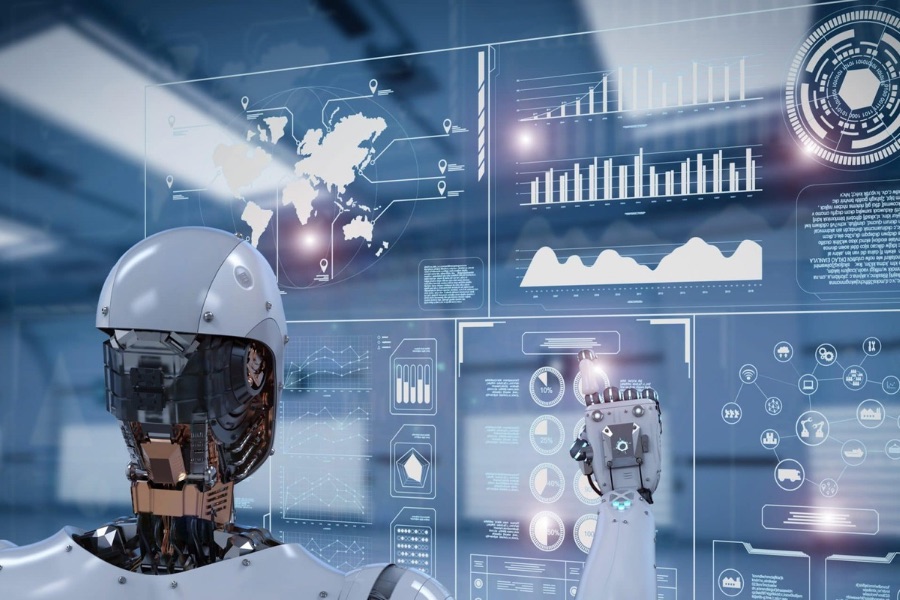The Cybersecurity Dynamics of Networking vs. Memory in AI-Driven World
January 2, 2025, 3 min read
Artificial Intelligence (AI) has become a cornerstone of innovation, powering industries from healthcare to finance. As AI evolves, so do the underlying technologies supporting it. Networking and memory systems are two such pillars of AI infrastructure, each playing distinct roles in managing and processing data. However, their differences create unique challenges for cybersecurity. Explore these challenges and how cybersecurity strategies must adapt to protect AI systems.
The Foundations: Networking vs. Memory in AI
- Networking Systems:
Networking connects AI components, enabling seamless data transfer and communication. This infrastructure includes Ethernet, interconnects, and advanced networking technologies like PCI Retimers. Networking ensures data flows efficiently, supporting real-time decision-making and collaboration across systems.
- Memory Systems:
Memory in AI stores and retrieves data for processing. High Bandwidth Memory (HBM) is a game-changer, offering rapid data access and improved efficiency for AI tasks. However, memory systems often face cyclical demand influenced by industries like consumer electronics.
How Networking and Memory Divergence Impacts Cybersecurity
- Data Transmission Risks in Networking
Networking systems handle vast volumes of data moving between AI components. High-speed networks, while efficient, are vulnerable to:
- Interception Attacks: Hackers can exploit weak encryption to intercept sensitive data during transmission.
- Distributed Denial of Service (DDoS): Attackers can overwhelm network resources, disrupting AI operations.
- Misconfigurations: Complex networks increase the risk of human error, creating exploitable vulnerabilities.
- Memory Access Vulnerabilities
Memory systems, particularly HBM, store critical datasets that AI relies on for learning and decision-making. Threats include:
- Unauthorized Access: Attackers targeting memory can steal or corrupt data.
- Malware Injections: Compromised memory systems can serve as entry points for malware.
- Cyclical Instabilities: Fluctuations in memory demand can lead to resource mismanagement, increasing exposure to attacks.
- Integration Complexity and Security Gaps
Combining networking and memory technologies often leads to security gaps, especially when integrating advanced components like interconnects and PCI Retimers. These gaps can be exploited to disrupt AI operations or gain unauthorized access.,
What Can You Do To Be Protected?
-
- Employ strict access controls with multi-factor authentication (MFA).
- Use real-time threat detection tools to identify malware targeting memory.
- Optimize resource allocation to ensure memory stability during high-demand periods.
- Use end-to-end encryption protocols to secure data in transit.
- Implement intrusion detection systems (IDS) to monitor and block suspicious activity.
- Regularly audit network configurations to eliminate vulnerabilities.
- Educate your employees regularly about cyber threats
- Care knowledge share to be aware of what kind of threats the other companies dealing with
The Role of Emerging Technologies in Cybersecurity
As AI infrastructure becomes more advanced, cybersecurity must keep pace. Key technologies shaping this evolution include:
- Artificial Intelligence in Cybersecurity: AI-driven tools can detect anomalies, automate threat responses, and analyze vast amounts of security data.
- Quantum Cryptography: Future-proofing encryption systems against the computational power of quantum computers.
- Blockchain Security: Decentralized ledgers can enhance trust and transparency in data handling.
Adapting Cybersecurity for the Future
As AI technology evolves, networking and memory will continue influencing cybersecurity strategies. Staying informed about technological advancements and proactively updating security measures are crucial to safeguarding AI infrastructures. To safeguard AI systems effectively, organizations must:
- Adopt Proactive Measures: Shift from reactive to proactive strategies, anticipating potential vulnerabilities in networking and memory systems.
- Collaboration: Encourage collaboration between AI developers and cybersecurity experts to create robust, secure architectures.
- Invest in Education: Train teams on the latest cybersecurity trends and technologies.
- Enhanced Encryption: Implement strong encryption protocols for data in transit and at rest to protect against unauthorized access.
- Regular Audits: Conduct frequent security assessments of networking and memory systems to identify and mitigate vulnerabilities.
- Access Controls: Establish strict access management policies to ensure only authorized personnel can interact with critical AI components.
Conclusion
Artificial Intelligence (AI) is revolutionizing industries by processing vast amounts of data to make informed decisions. Two critical components enabling this revolution are networking and memory systems. Understanding how differences between these components affect cybersecurity is essential for protecting AI infrastructures.
Networking and memory systems are the backbone of AI, enabling its transformative potential. However, their differences pose unique cybersecurity challenges that cannot be ignored. By understanding these challenges and adopting advanced security measures, organizations can build resilient AI systems capable of thriving in an increasingly digital world.
Protecting AI isn’t just about safeguarding data—it’s about securing the future of innovation. Are you ready to meet the challenge? Just be aware – Networking Companies Ride the AI Wave. It Isn’t Just Nvidia. For more, read Barons‘s article here.




























